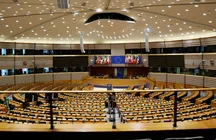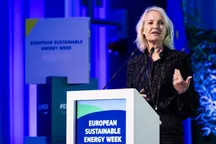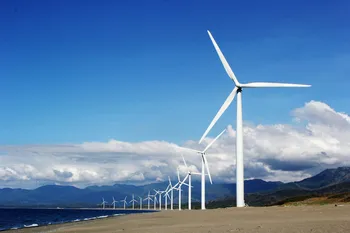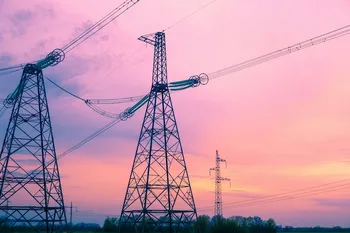Renewable hydrogen production via electrolysis offers a clean alternative for various industrial and mobility applications. To reach the REPowerEU domestic hydrogen production target of 10 million tonnes of renewable hydrogen by 2030, many large-scale electrolysis production projects will be commissioned between 2025 and 2027 with the massive support of subsidies at EU (e.g. through IPCEI[1] and Innovation Fund) or national level. Additional large-scale renewable hydrogen projects will be supported by the European Hydrogen Bank. However, considerable effort is needed to achieve these targets due to the many technical, regulatory and economical challenges to be tackled. These challenges include the integration of electrolysis plants into energy systems (concerning electricity, heating and gas networks, both on- and off-power grid, on- and offshore) fed with variable renewable energy (VRE), and the integrated management of heat (both inside the electrolysis plant and in relation to external infrastructures and uses).
When operated flexibly, electrolysers can support grid stability. Increasing levels of renewable electricity penetration to the target defined in the REPowerEU plan brings a range of challenges, some of which could be addressed by hydrogen produced via electrolysis:
- To reduce the need for grid improvements and grid management operations (variable renewable energy curtailment) through dynamic electrolyser







